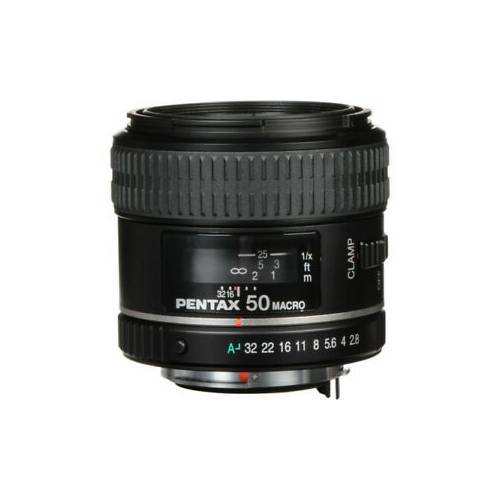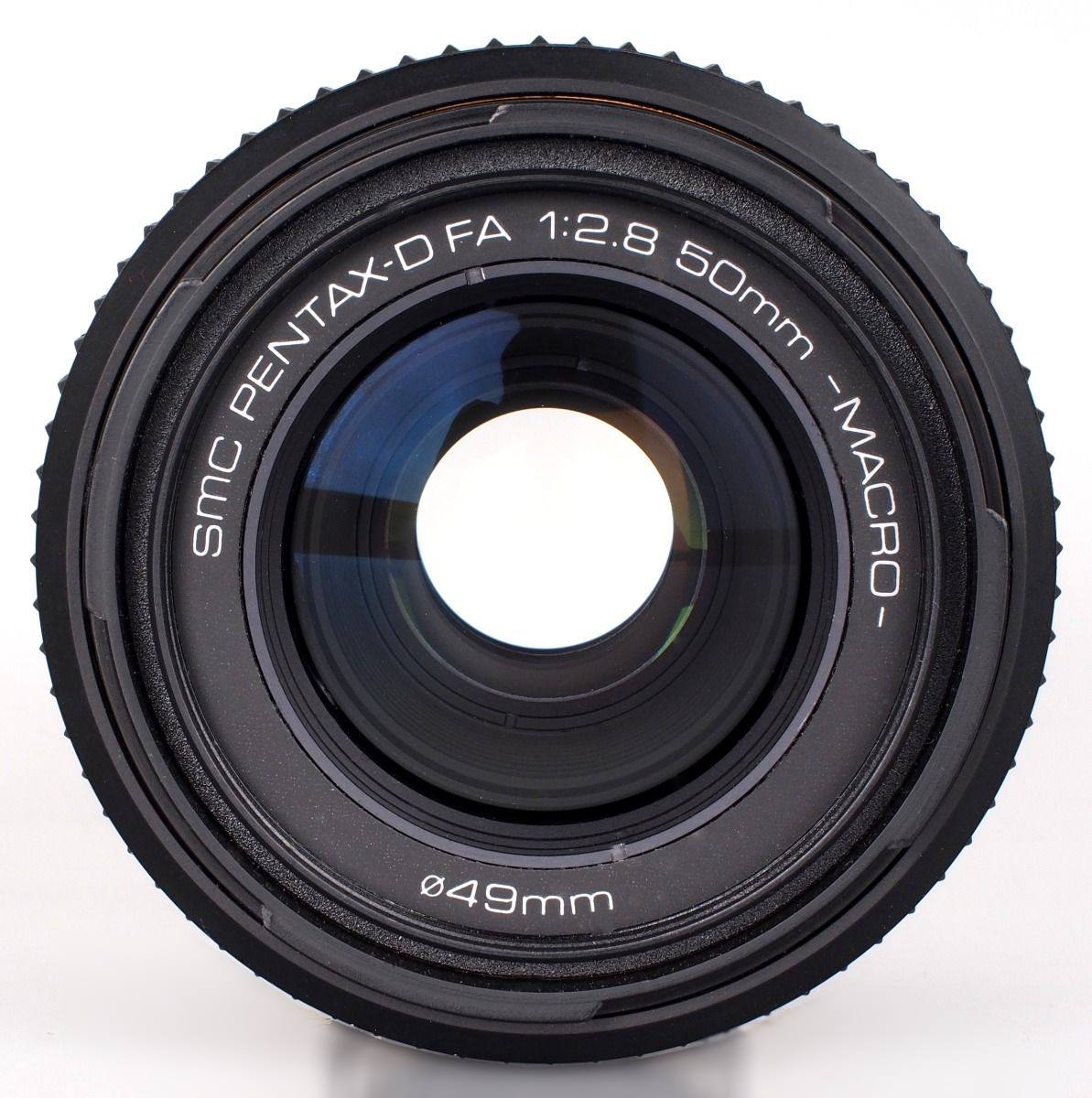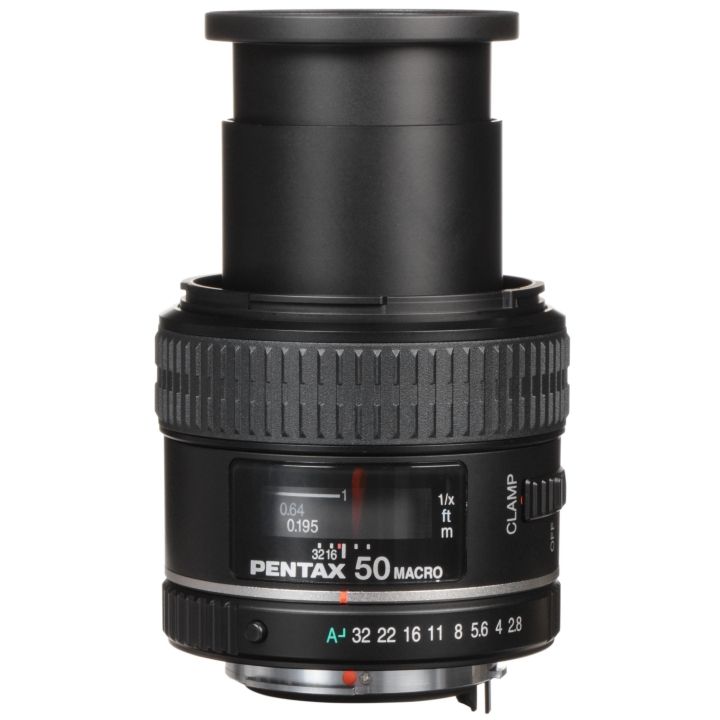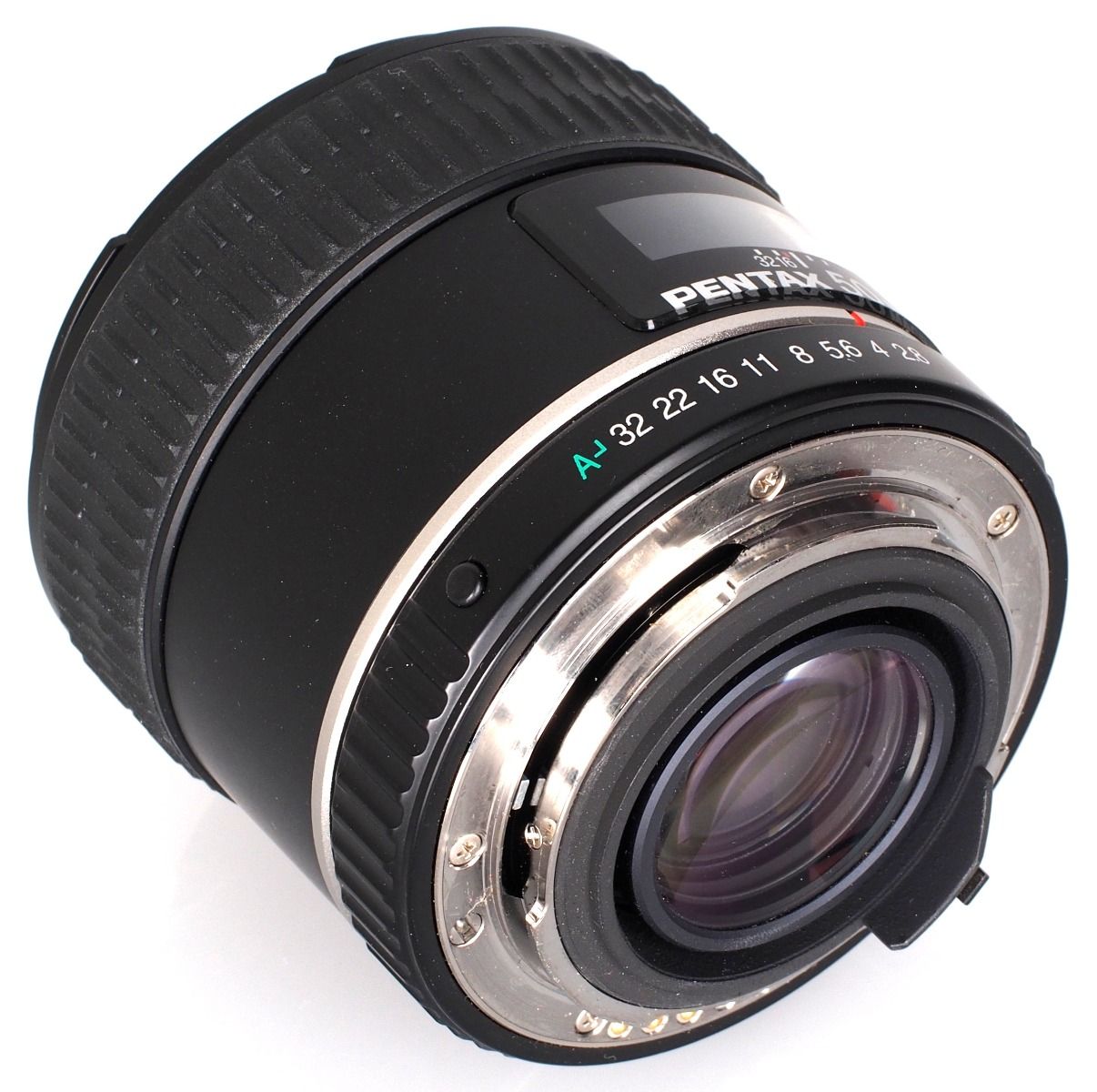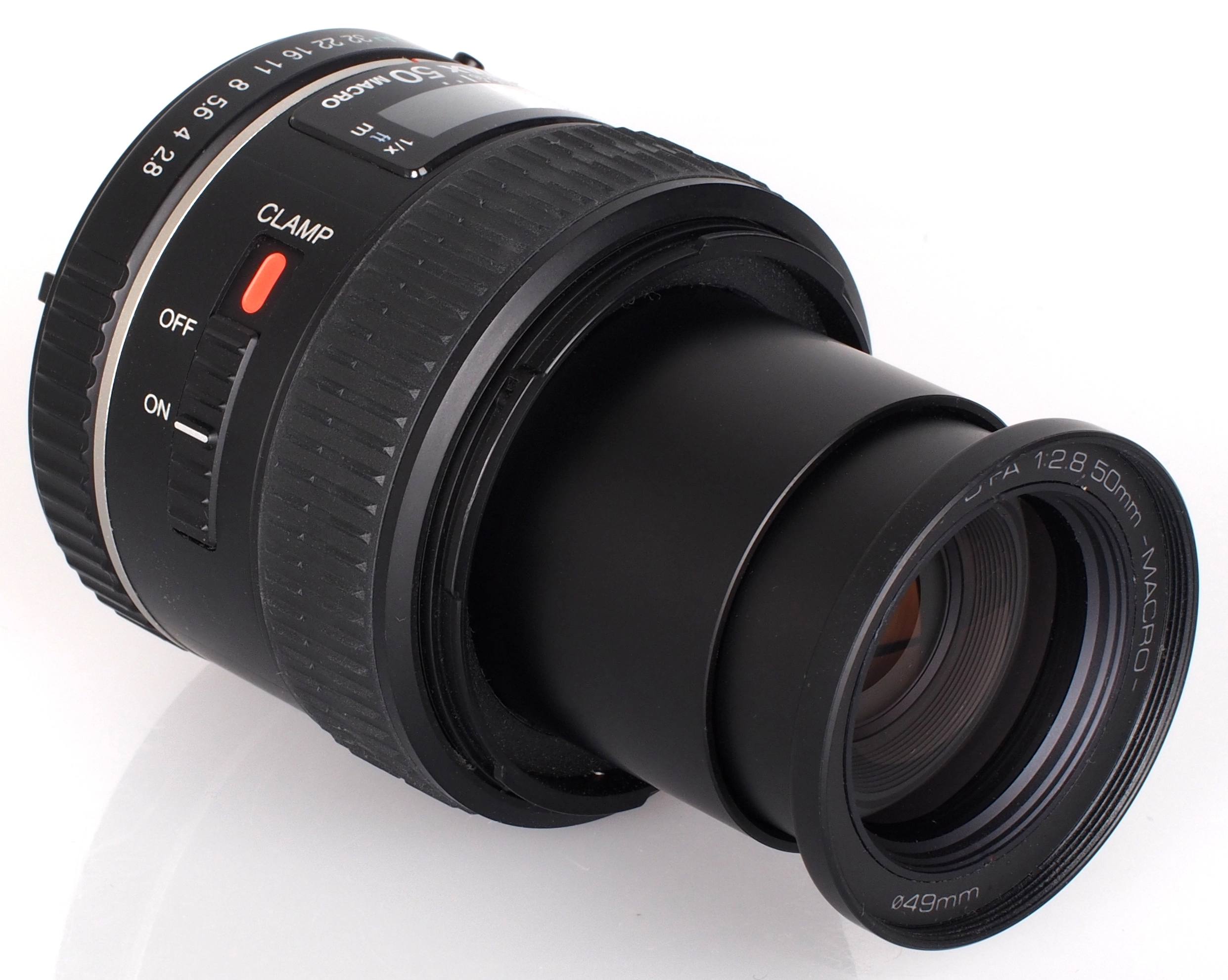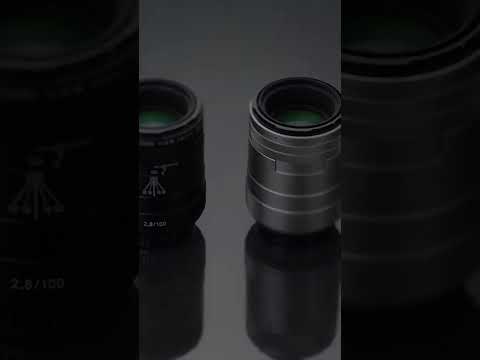Product Description
Pentax 50mm F/2.8 D FA SMC Macro Lens – Precision Macro & Versatile Performance
High-Quality 1:1 Macro Lens for Pentax DSLRs & Film Cameras
The Pentax 50mm F/2.8 D FA SMC Macro Lens is a compact, high-performance macro lens, designed for both digital and film SLR cameras. Offering true 1:1 magnification, this lens is perfect for close-up photography, capturing intricate details with exceptional sharpness and clarity. With an approximate 75mm equivalent focal length on APS-C cameras, it also serves as a versatile short-telephoto lens for portraits and everyday shooting.
Featuring Pentax’s renowned SMC (Super Multi-Coating) technology, optimized optics, and a built-in focus clamp mechanism, this lens delivers sharp, high-contrast images with minimal flare and ghosting. Its Quick-Shift Focus System enables instant manual focus adjustments, ensuring precise control over every shot.
Key Features & Benefits
True 1:1 Macro Magnification for Stunning Close-Ups
- Delivers life-size 1:1 reproduction, allowing for highly detailed macro photography.
- Ideal for capturing textures, flowers, insects, and product photography.
Optimised Optical Design for Superior Image Quality
- SMC (Super Multi-Coating) technology minimises flare and ghosting, ensuring high-contrast, vibrant images.
- High-resolution optics provide edge-to-edge sharpness, even at close focusing distances.
Versatile Focal Length for Macro & Portrait Photography
- 50mm standard macro on full-frame cameras, delivering natural perspective and depth.
- 75mm equivalent on APS-C cameras, making it ideal for portraits, detailed close-ups, and product shots.
Quick-Shift Focus System for Instant Manual Adjustments
- Allows photographers to instantly switch to manual focus after autofocus locks, providing precise fine-tuning.
Built-In Focus Clamp Mechanism for Added Stability
- Locks focus at a specific distance, ensuring stability when shooting fixed-position macro shots.
Compact, Lightweight & Durable Design
- Optimised for digital cameras but fully compatible with Pentax film SLRs.
- Portable and easy to handle, making it a perfect all-purpose macro lens.
Why Choose the Pentax 50mm F/2.8 D FA SMC Macro Lens?
- True 1:1 magnification for exceptional macro photography.
- Sharp, high-contrast images with advanced SMC coatings.
- Compact and lightweight design, ideal for handheld shooting.
- Quick-Shift Focus System for precise manual adjustments.
- Versatile focal length for both macro and portrait photography.
- Compatible with both digital and film Pentax SLR cameras.
Capture Every Detail with the Pentax 50mm F/2.8 D FA SMC Macro
Whether you’re photographing tiny subjects, intricate textures, or stunning portraits, the Pentax 50mm F/2.8 D FA SMC Macro Lens delivers exceptional sharpness, contrast, and versatility. Its compact design, true macro capability, and professional optics make it an essential lens for serious photographers and macro enthusiasts.
Payment & Security
Your payment information is processed securely. We do not store credit card details nor have access to your credit card information.


